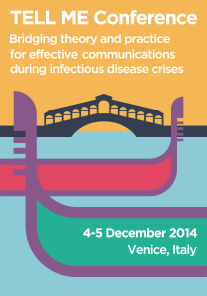Which factors encourage people to protect themselves during infectious outbreaks?
From the main international scientific bibliographic database TELL ME experts looked for studies on the use of non‐pharmaceutical interventions (like hand and respiratory hygiene) and vaccination in case of diseases characterized by their pandemic or potential pandemic status: severe acute respiratory syndrome (SARS), avian influenza/flu, H5N1, swine influenza/flu, H1N1, and in general flu pandemics.
60 studies were selected on the basis of reporting behavioural responses among general population during infectious diseases outbreaks and associations between a protective measure or vaccination (reported, intended, or actual behaviour) against outbreak disease and demographic factors, knowledge, attitudes, perceptions, and behaviours.
The research highlighted several demographic differences: women are more prone to adopt non‐pharmaceutical interventions while men to be vaccinated. Elderly tend to to do the both, maybe because they feel more vulnerable to diseases. In fact there is also evidence that greater levels of perceived susceptibility and perceived severity of the diseases, together with a greater belief in the effectiveness of recommended behaviors to protect against the disease ‐ vaccination included ‐ can be precious predictors. Evidence has also shown that greater levels of anxiety and trust in authorities are associated with protective behaviours. Past behaviours are strongly associated with vaccination.
| Factors promoting the adoption of non‐pharmaceutical preventative measures |
|
| Factors encouraging vaccination | Factors discouraging vaccination |
|
|


